The NMME ensemble for this month has been released. There is not very much new information, but it is further confirmation of the projected pattern for ASO this year.
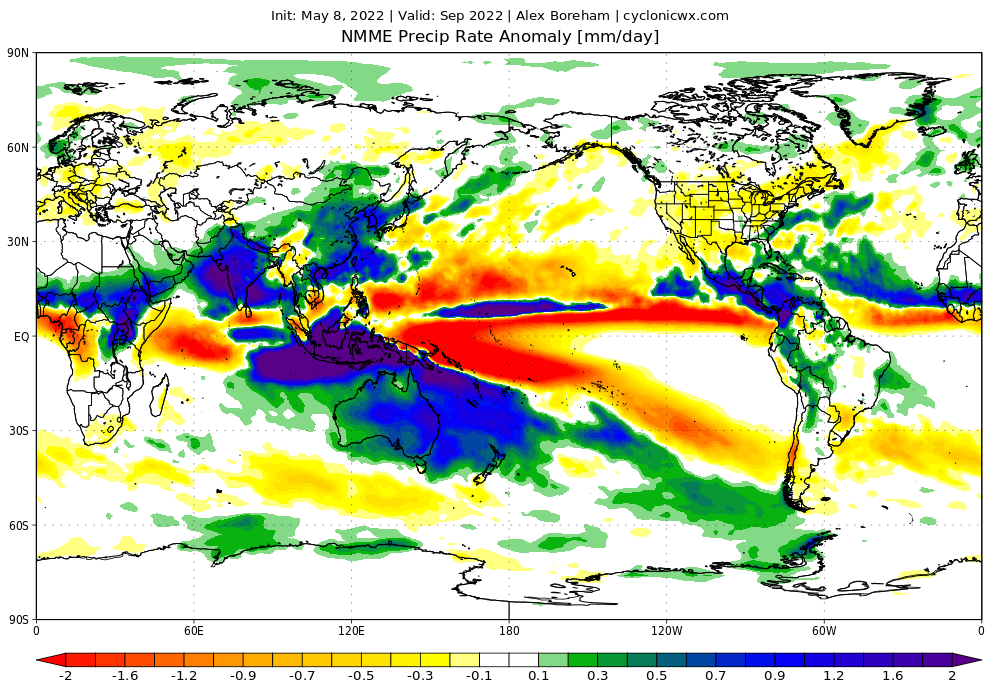
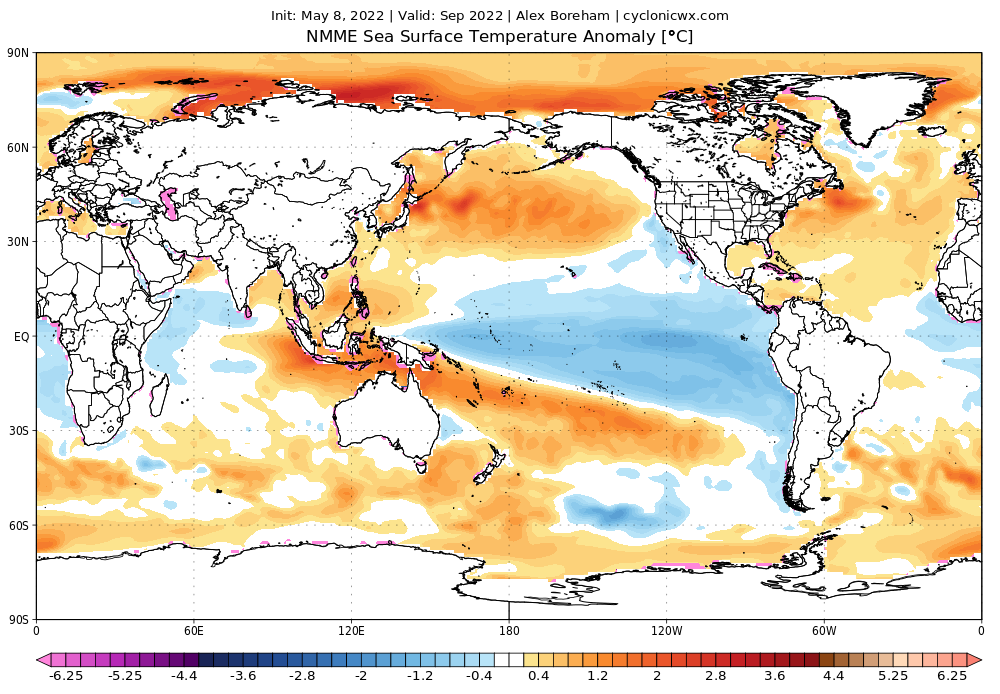
Of things to note in this model run are:
- The -ENSO: Most strikingly on this model run is the -ENSO, which means wetter-than-average conditions for those in Australia and East Asia and drier-than-average conditions for those on the Pacific coasts of North and South America. However, for people who track the tropics, a -ENSO means a less active Pacific Hurricane Season and a more active Atlantic Hurricane Season, especially given the fact that the strongest cool anomalies in the Equatorial Pacific seem to be closer to South America instead of Indonesia, making this a classic -ENSO.
- The -PDO: This recent negative phase of the Pacific Decadal Oscillation that has been persisting since early 2020 is a major contributor to the ongoing drought in the Western United States, and the NMME shows it continuing into September of this year. -PDOs are associated with drought in Western North America and sinking air in the East Pacific Ocean, leading to a less active Pacific Hurricane Season and a more active Atlantic Hurricane Season.
- The -IOD: IOD and ENSO are usually correlated; +ENSO correlates with +IOD, and -ENSO correlates with -IOD. -IOD means drier-than-average conditions for East Africa and wetter-than-average conditions for Southeast Asia. Given the combination of -ENSO and -IOD, one can expect Indonesia to receive major rainfall this year, which is also projected by the NMME.
- The Atlantic Niña: Just as striking as the -ENSO on this model is the Atlantic Niña. Strong Atlantic Niños have been able to produce El Niño-like effects across the Atlantic during La Niña years; for instance, the 2007 and 2021 zonal wind maps looks like those of +ENSO years, and their late seasons were dead. For the tropics, an Atlantic Niña means a northward ITCZ, which means a greater chance of storms developing in the Caribbean Sea and a more active Atlantic Hurricane Season overall. Furthermore, the ITCZ seems to be more northern than average on the precipitation anomaly map, which further supports the Atlantic Niña.
- The +AMO: The Eastern United States has been most able to escape major drought because of the persistent +AMO. Throughout the past three decades, SSTAs in the Atlantic Ocean have been higher than global SSTAs, and that is expected to continue into September. In terms of the tropics, a +AMO means a more active Atlantic Hurricane Season.
- The +AMM: There is a certain area where SSTAs are most correlated with Atlantic ACE: the AMM horseshoe, which extends from the Canary Islands to the MDR. The NMME shows a +AMM throughout ASO, which is further supported by an Atlantic Niña. A +AMM brings the ITCZ farther north, supporting more hurricane activity in the Atlantic.
- The +WAM: The WAM is projected to be very strong. Strong WAMs have two major consequences: above-average rainfall over the Sahel and above-average Atlantic Hurricane Seasons. However, with such as strong WAM, Cape Verde activity might be hindered. The seasons with the heaviest MDR activity (such as 2017) often have weaker WAMs than seasons based in the Western Atlantic (such as 2020).
Finally, while the CFSv2 might be showing ENSO-neutral conditions for this winter, the NMME ensemble still shows definite -ENSO conditions for this winter:
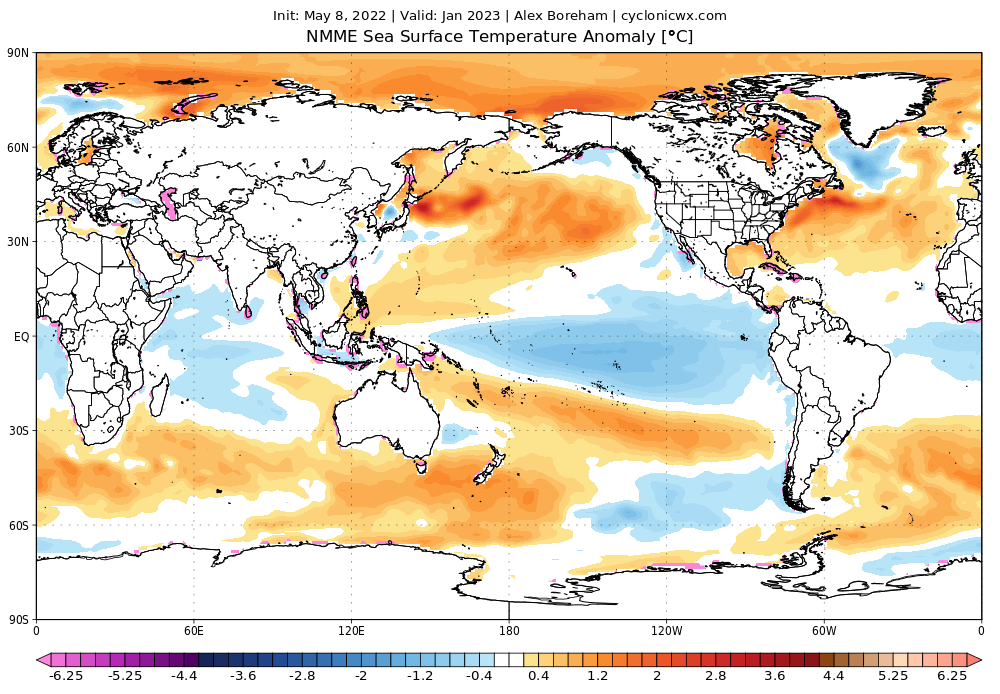



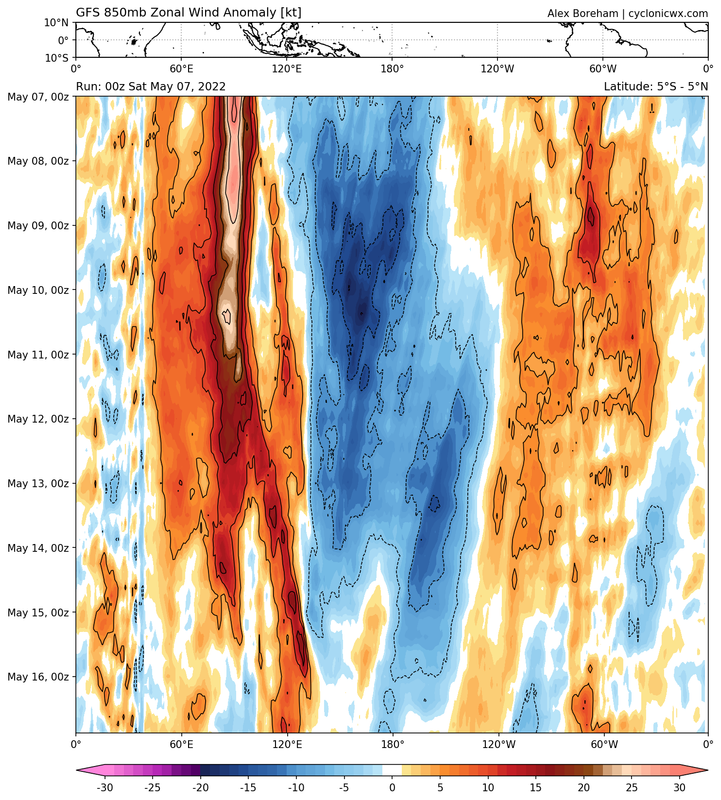
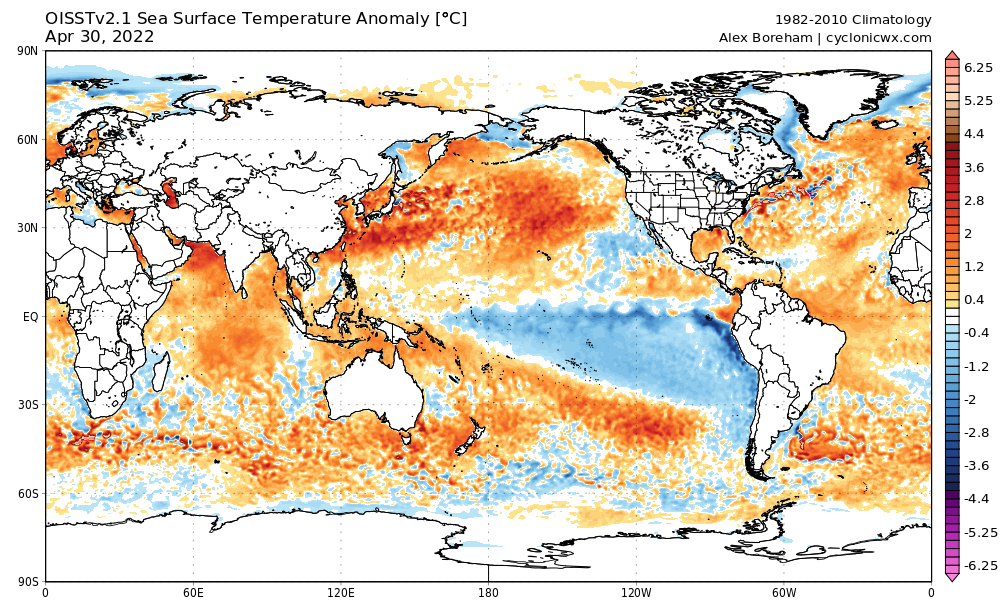
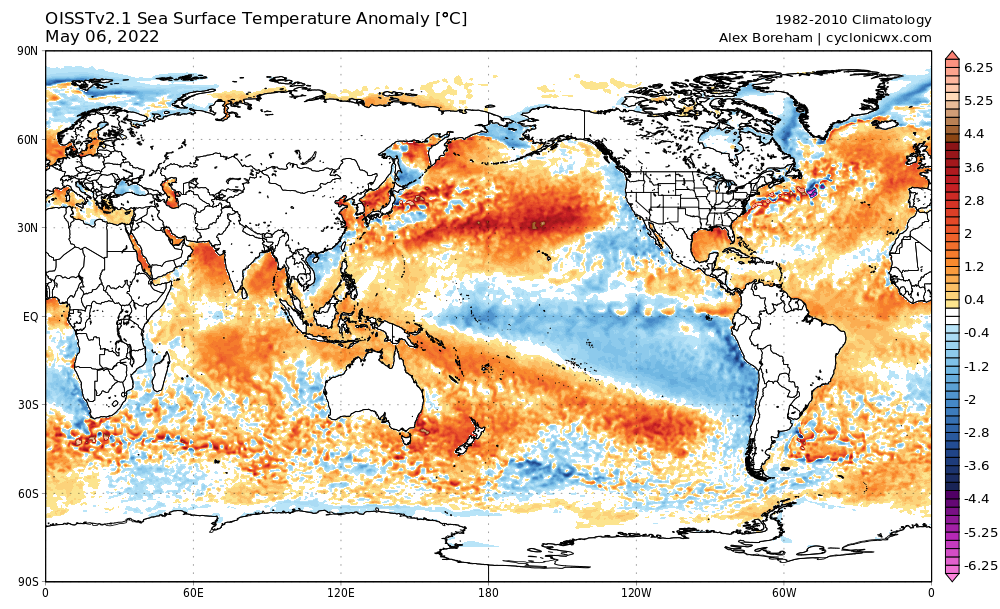







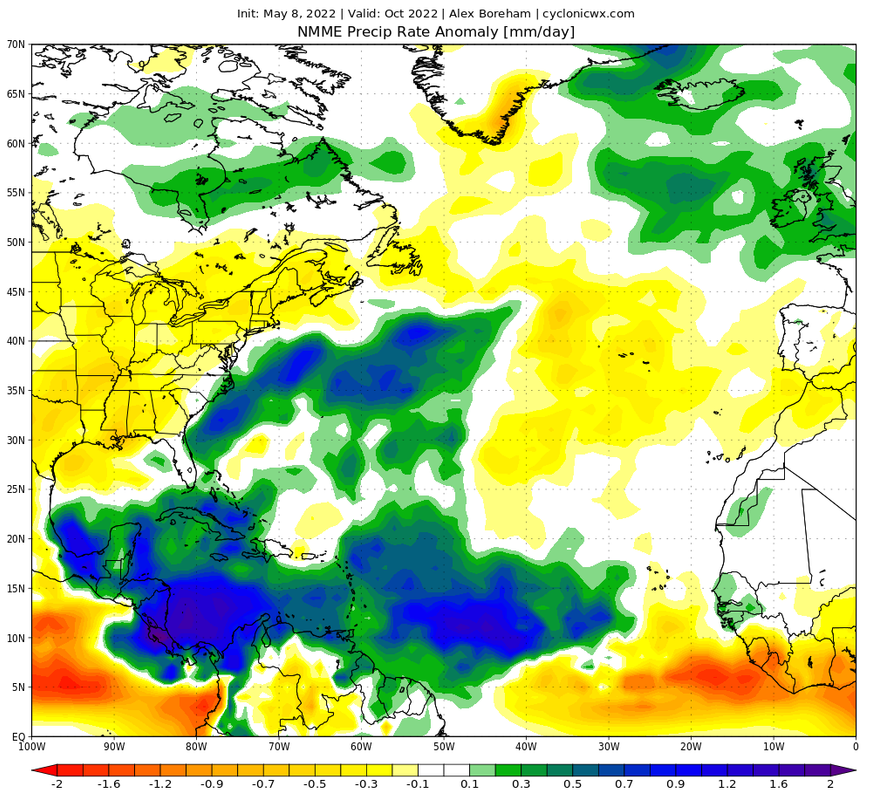
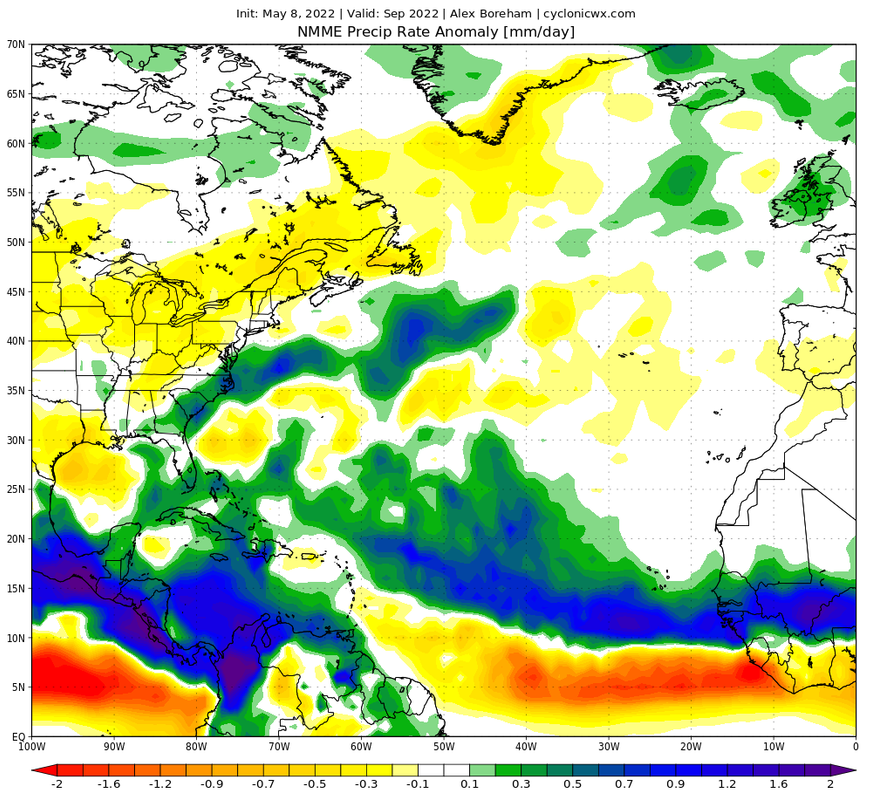
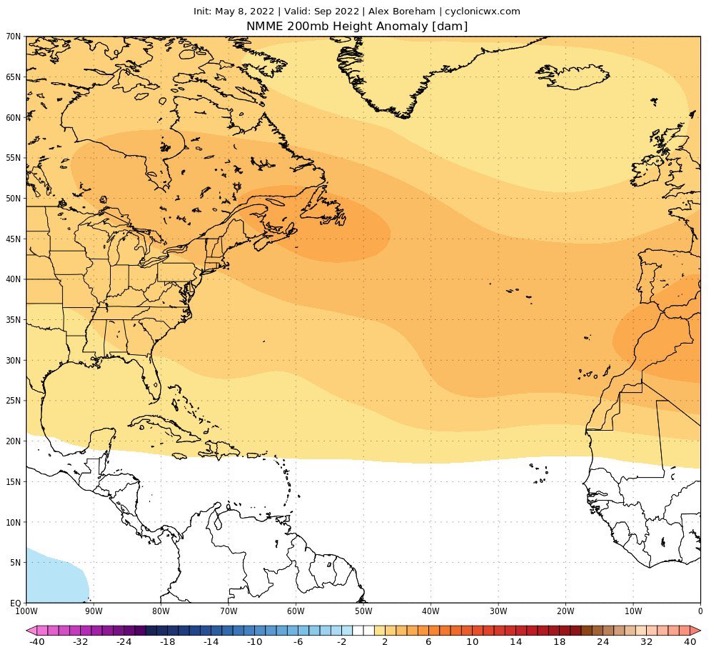
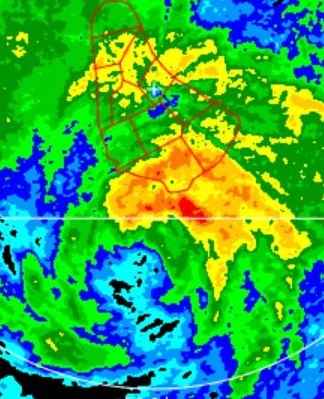

 . Lets hope this forecast changes overtime..so many signals for a busy MDR and caribbean this hurricane season
. Lets hope this forecast changes overtime..so many signals for a busy MDR and caribbean this hurricane season
